In recent years, from the orientation of promoting the development of forest economy of Binh Lieu district, forest growers in the area have delved into high-value forest planting models, at the same time combining forest economy with tourism economy, contributing to increasing income and improving people's lives in the area.
Dong Van is the most remote and mountainous commune of Binh Lieu district, mainly inhabited by ethnic minorities... With the advantage of having a large forest area, including more than 2,000 hectares of mature anise and cinnamon forests, it has helped people who plant Dong Van forests have a steady source of income. In 2024, the price of each kilogram of dried anise that Dong Van people sell is around 140,000 VND, bringing in an income of about 200-300 million VND/year/household. From here, the poverty rate in Dong Van has decreased rapidly, many households in the commune have big houses, nice cars, have food and savings.
The family of Mr. Duong Cam Chang, Song Mooc A village, has just completed a new house worth over 700 million VND from the money earned from the last 3 star anise harvests. Mr. Duong Cam Chang shared: In 2015, my family was still on the list of poor households. However, since the children grew up, both husband and wife have worked hard to take care of and protect the 3 hectares of star anise forest, so their income has improved. Now the family is no longer poor but has enough to eat, and has saved up to build a house and buy furniture.
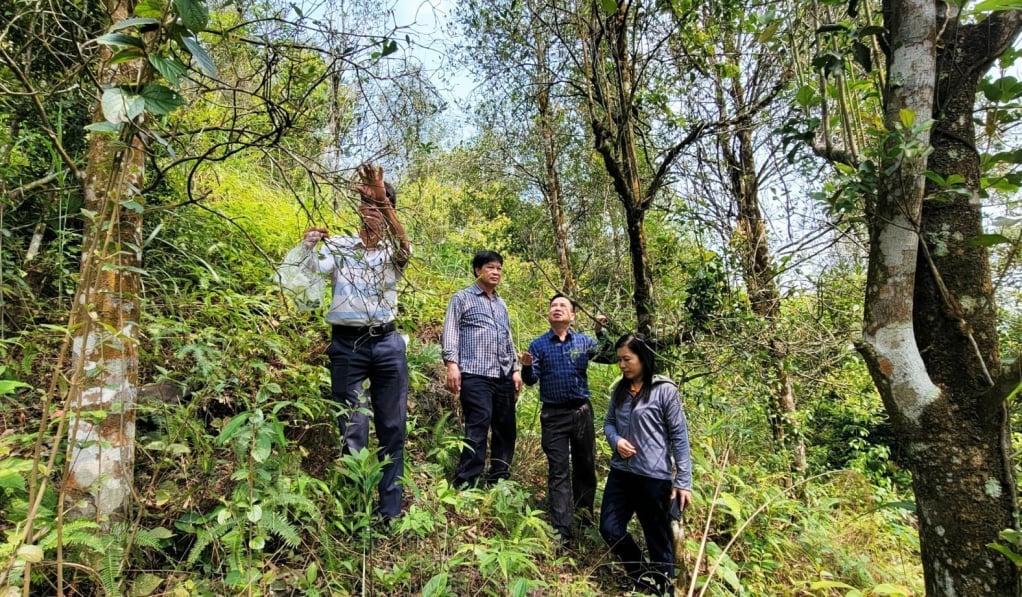
Like Dong Van, in Huc Dong commune in recent years, the number of newly built, modern, large and beautiful houses has increased. The funding for people to build houses partly comes from traditional vermicelli kilns, the rest comes from the forest. The house worth 500 million VND of Mr. Chieu Tac Lo, Su Cau village still smells of new paint, was built from the revenue of 2 hectares of anise and 2 hectares of cinnamon that Mr. Lo's family has. Mr. Chieu Tac Lo confided: After many years living in a dilapidated house, my dream was only to build a solid house. Now, that has become a reality, thanks to the revenue from the forest, my family has been able to build a house.
Mr. Duong Cam Chang and Mr. Chieu Tac Lo are two of many households in Binh Lieu district whose lives have been improved thanks to the forest. According to a report by the People's Committee of Binh Lieu district, from 2020 to now, every year, the whole district has hundreds of households escaping poverty and near-poverty thanks to the forest. In particular, since 2023 to now, in the district, there have been more and more households growing forests with an income of over 500 million VND/year.
Fortunately, the value of forests in Binh Lieu is now not only through the yield of forest products and processed forest products, but forests are also the material for this locality to develop indigenous tourism. Ms. Le Thi Thu Huong, Head of the Department of Agriculture and Rural Development of Binh Lieu district, said: Binh Lieu district has annually organized a number of tourism activities related to the so-flower tree, such as the so-flower festival, in which the Dong Tam so-flower area has become a tourism brand associated with the forest of Binh Lieu. The combination of forest economy with tourism economy not only creates a beautiful image for Binh Lieu but also brings job opportunities and income for people and the local economy. From this success, Binh Lieu may also have other festivals associated with star anise and cinnamon trees, which are also the strengths of Binh Lieu's forests.
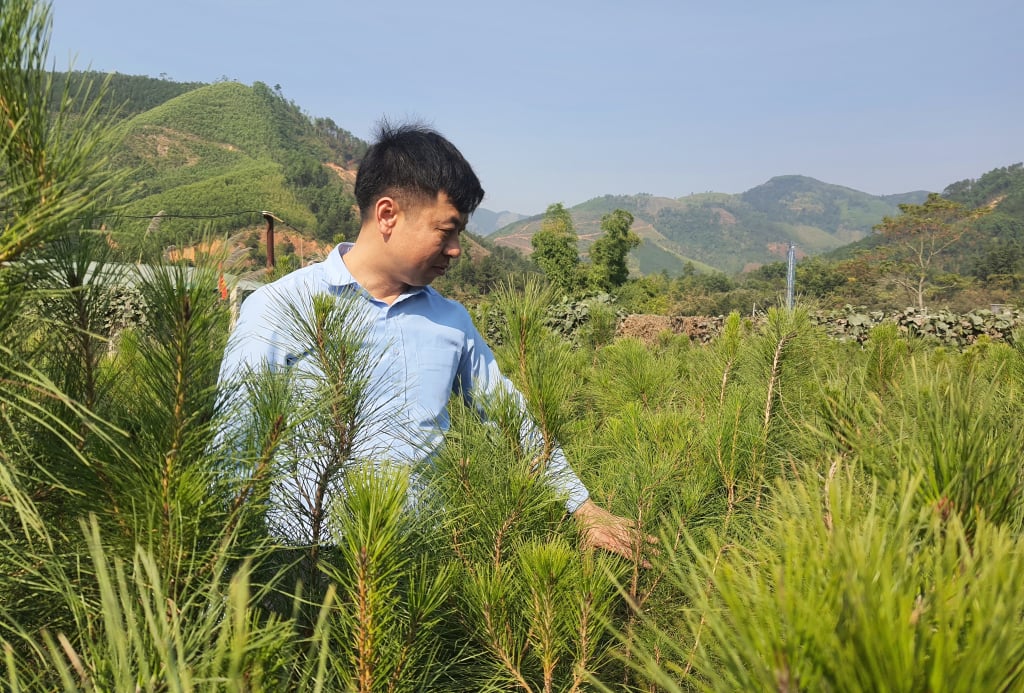
It is known that, in order to continue to increase the value of forests, in 2025, Binh Lieu district will encourage people to increase intensive forest cultivation solutions to increase value. Ms. Le Thi Thu Huong, Head of the Department of Agriculture and Rural Development of Binh Lieu district, said that in the immediate future, the district aims to plant over 1,000 hectares of production forest to compensate for the forest area damaged by storms as well as to increase forest cover. Along with that, Binh Lieu district focuses on improving varieties, planting additional and new native trees such as anise, cinnamon, pine, and cassia, taking this as a source of immediate and long-term income for people; increasing the planting of new pine forests along the border communes; increasing the planting of medicinal plants under the forest canopy. Binh Lieu also aims to expand the area of large timber forests, converting from small timber forests to large timber forests, especially preparing good conditions to coordinate with Green LinK Company to complete the Bamboo Forestry Project - Bioeconomy and Carbon Credit.
It can be seen that, growing from the forest, using the forest as a space for development, using the forest as a multi-purpose production material... that is a very welcome movement in Binh Lieu today. With the participation of the government and the people, we believe that Binh Lieu's forests will continue to promote their value, not only playing a decisive role in improving the quality of life of the people in the area but also turning Binh Lieu into a land with a local tourism brand associated with the forest.
Source


![[UPDATE] April 30th parade rehearsal on Le Duan street in front of Independence Palace](https://vstatic.vietnam.vn/vietnam/resource/IMAGE/2025/4/18/8f2604c6bc5648d4b918bd6867d08396)


![[Photo] Prime Minister Pham Minh Chinh receives Mr. Jefferey Perlman, CEO of Warburg Pincus Group (USA)](https://vstatic.vietnam.vn/vietnam/resource/IMAGE/2025/4/18/c37781eeb50342f09d8fe6841db2426c)
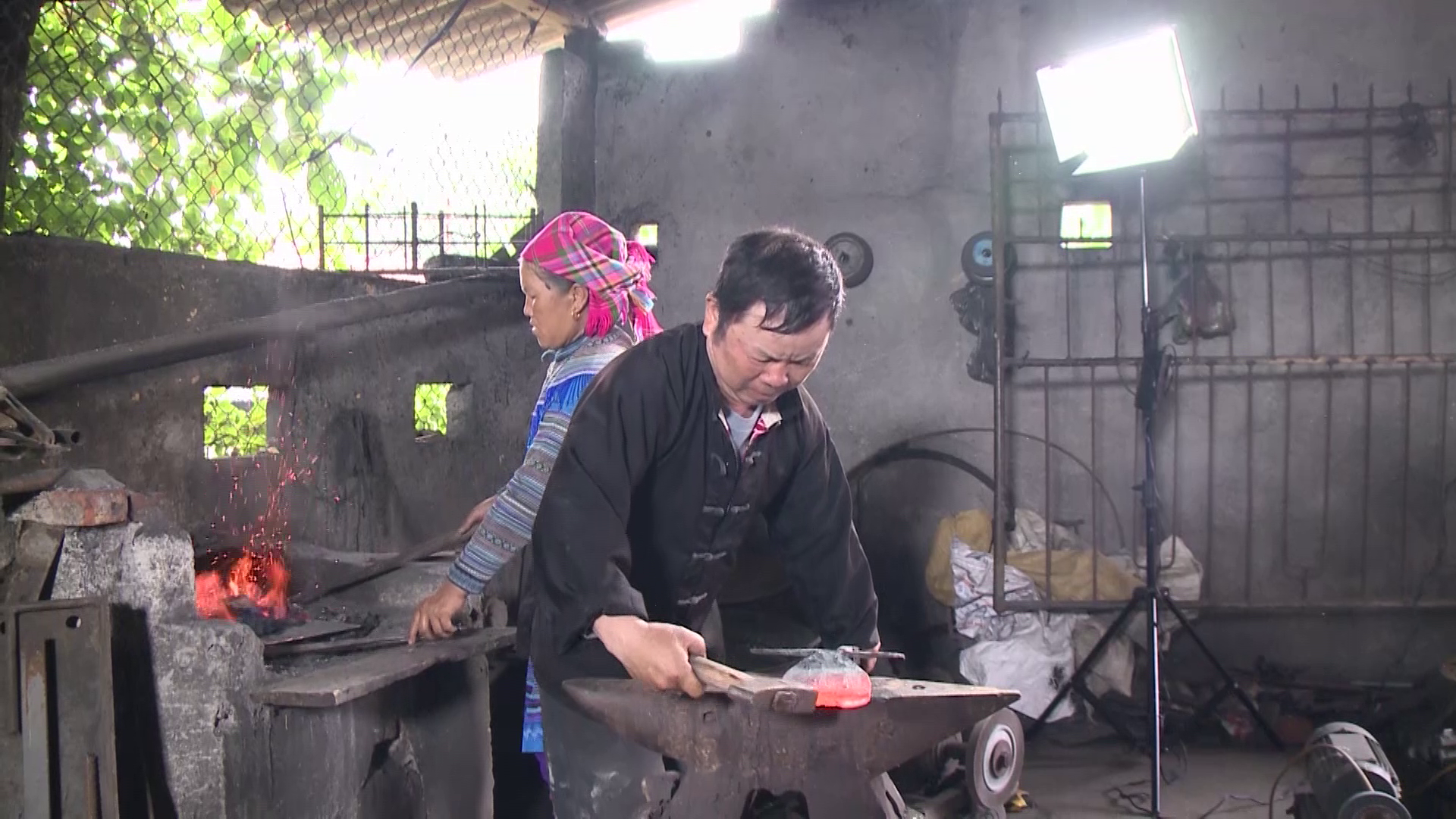

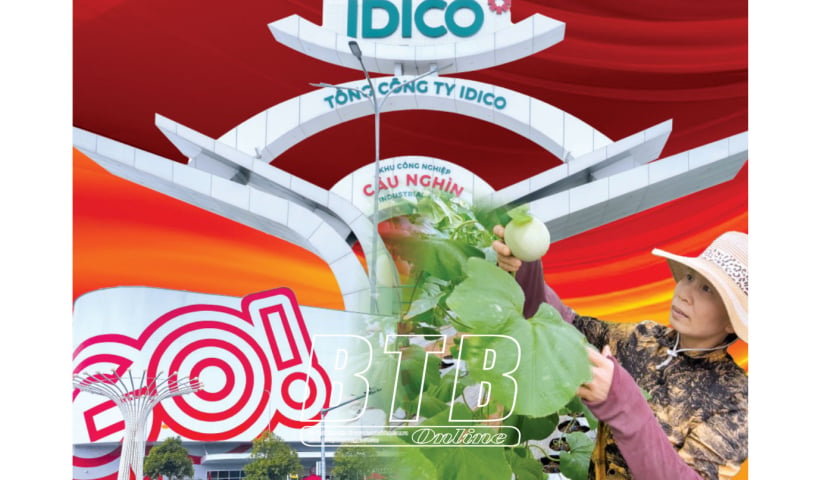

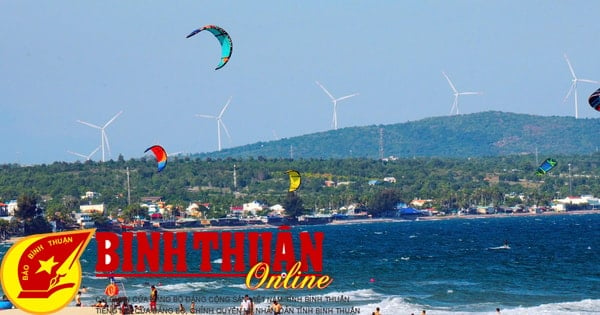

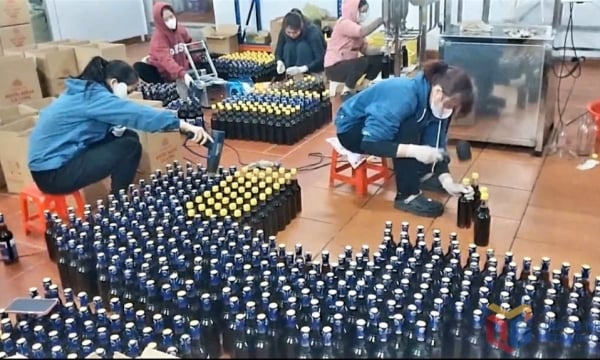
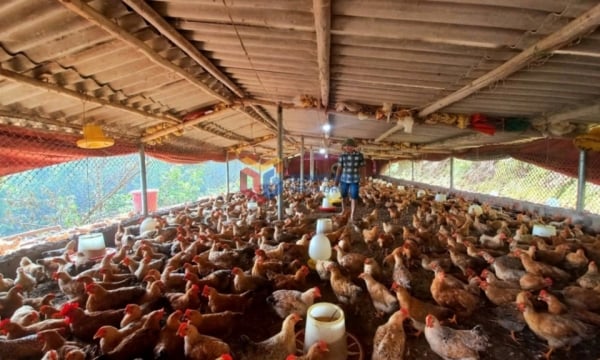

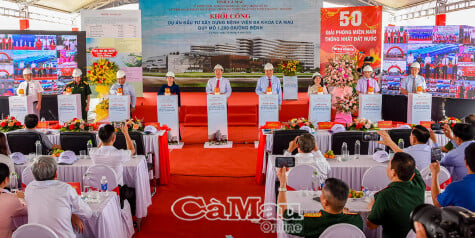
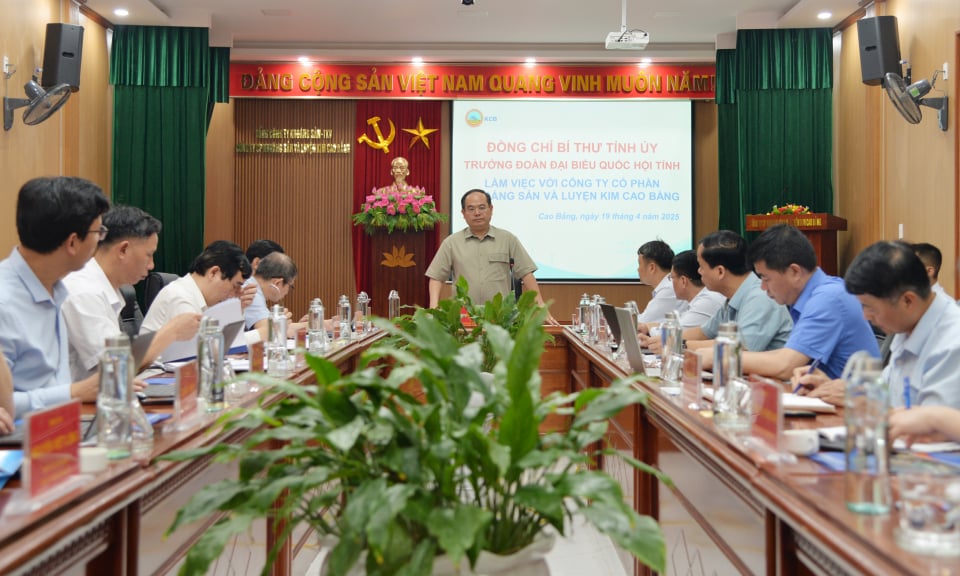
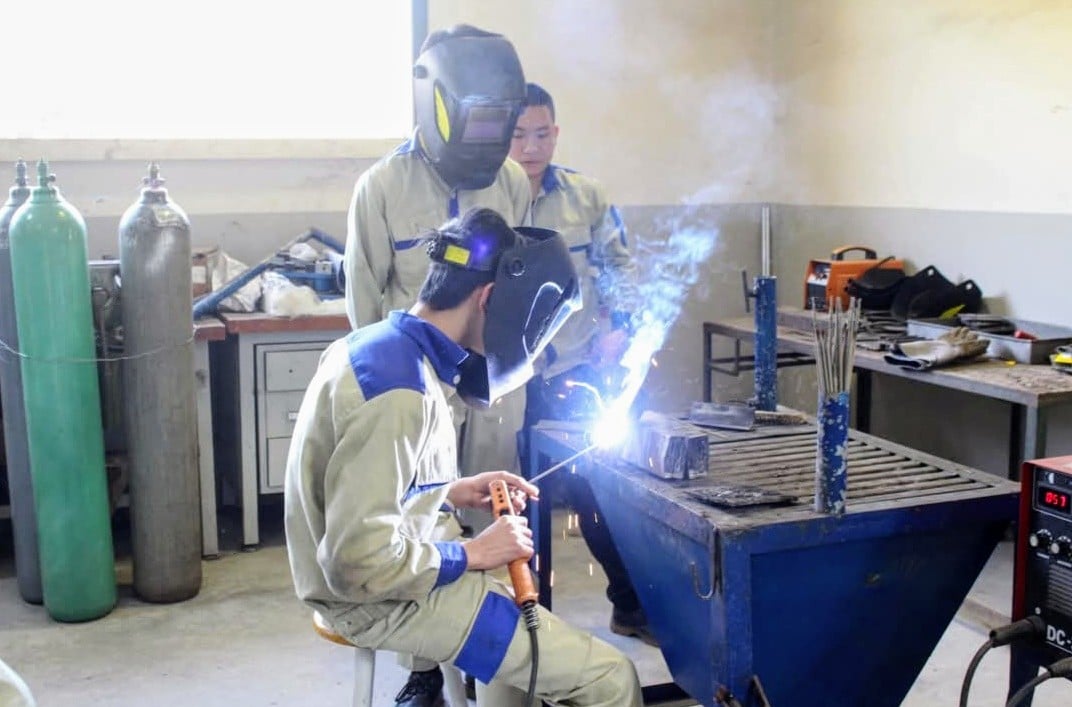
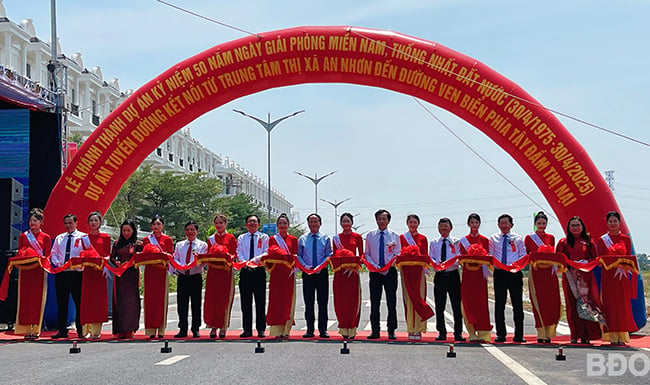
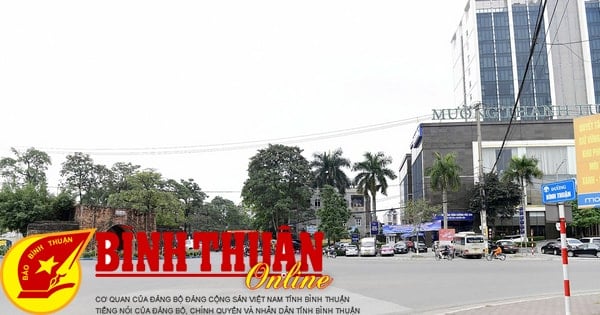
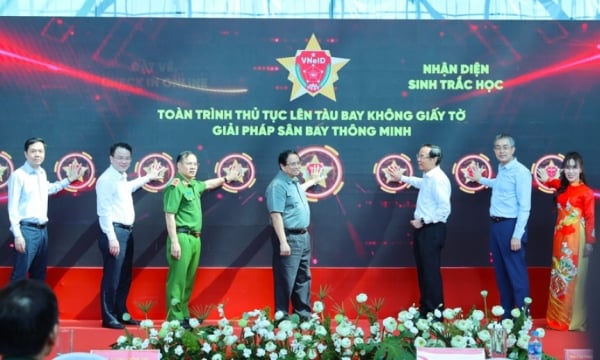





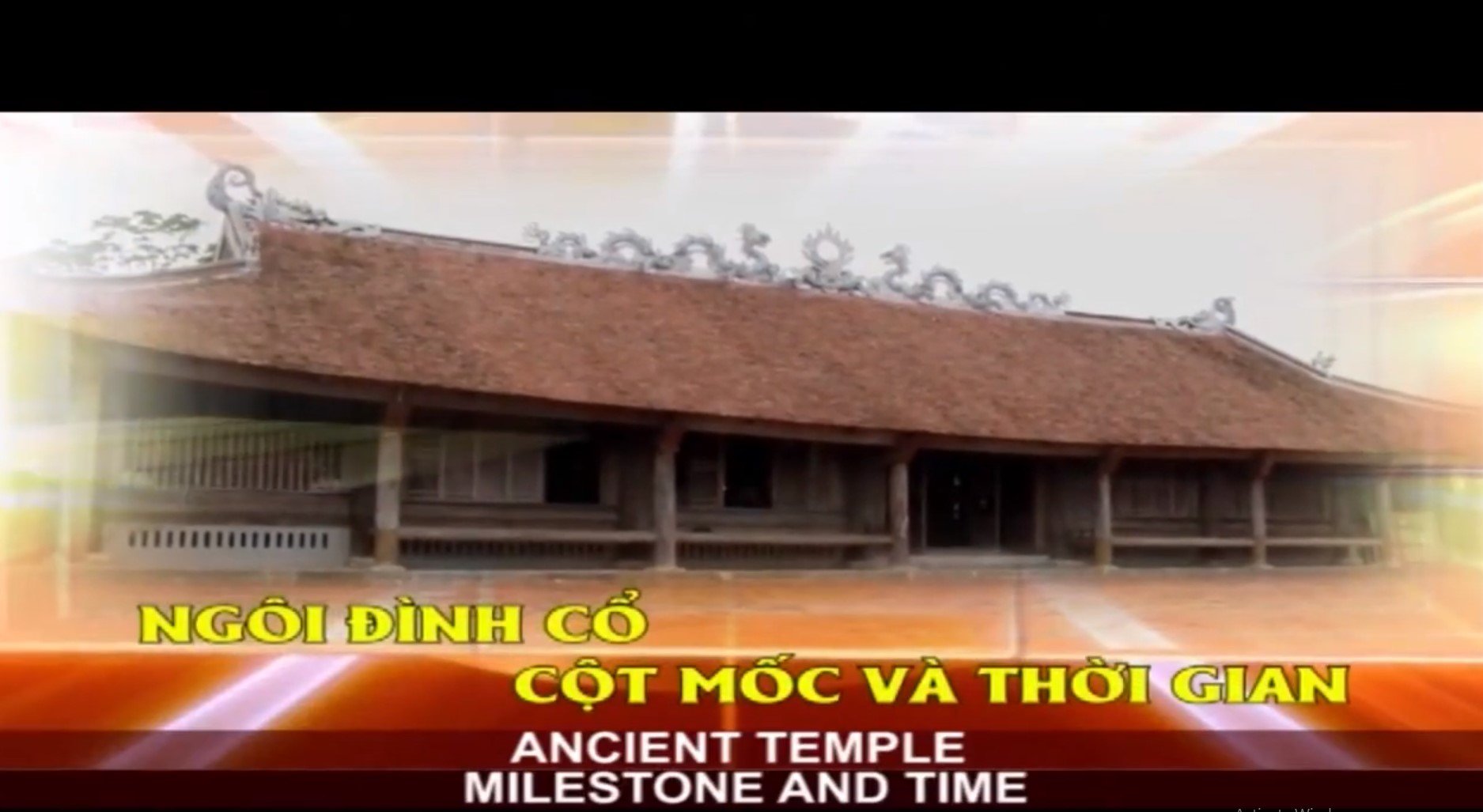
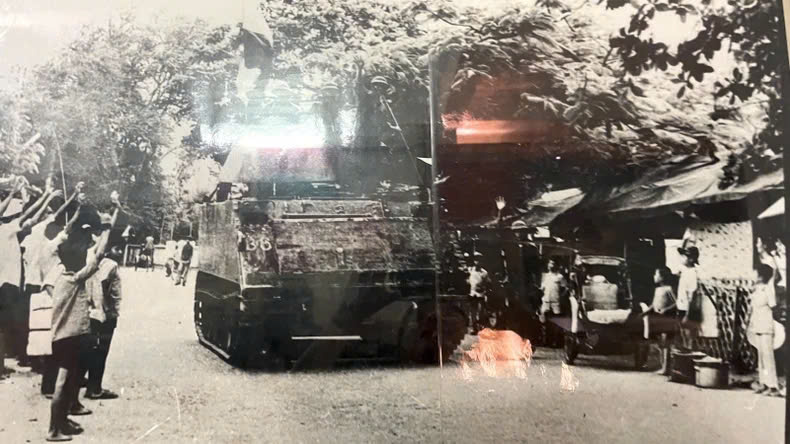
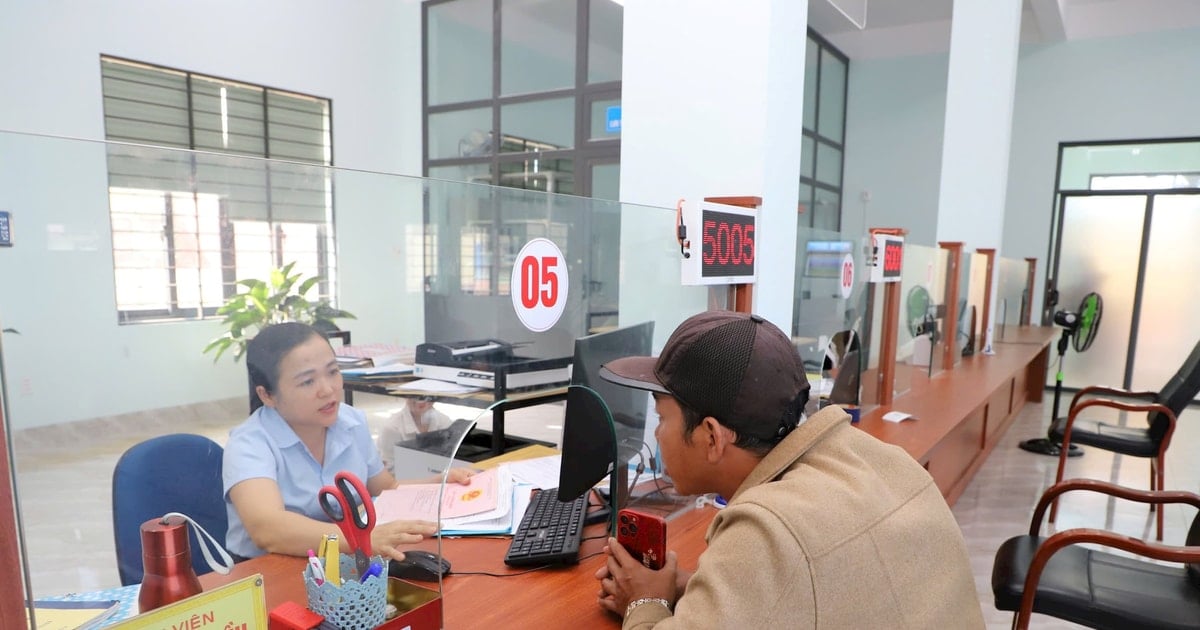
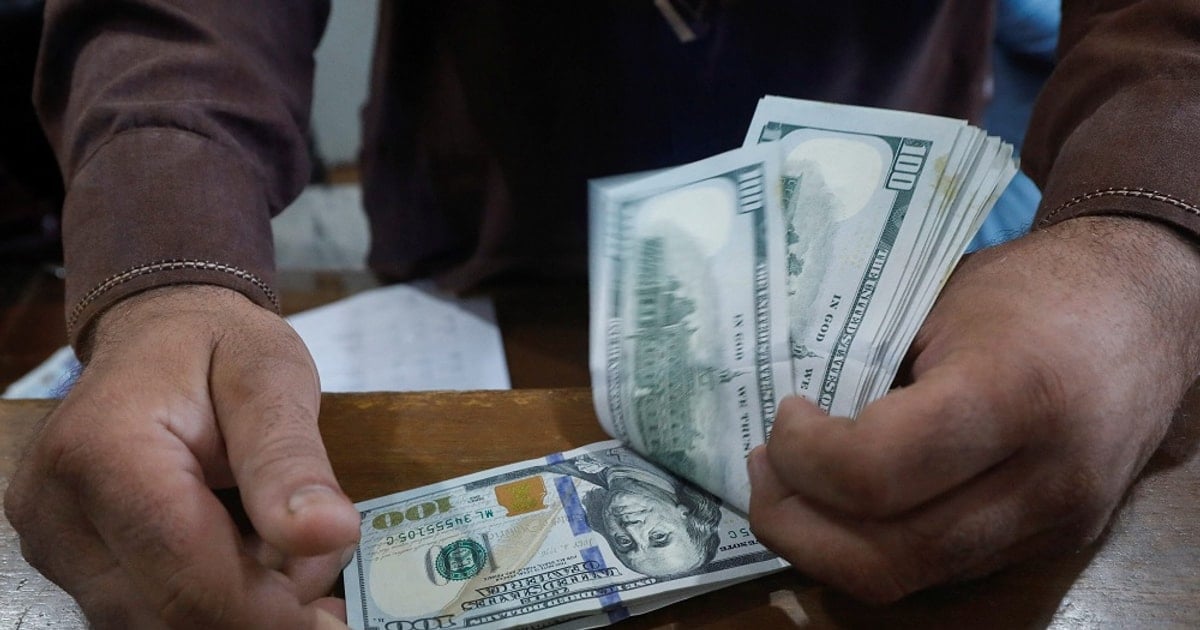



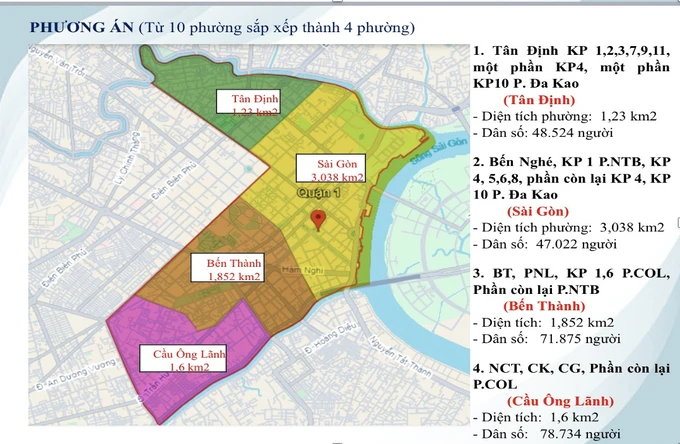

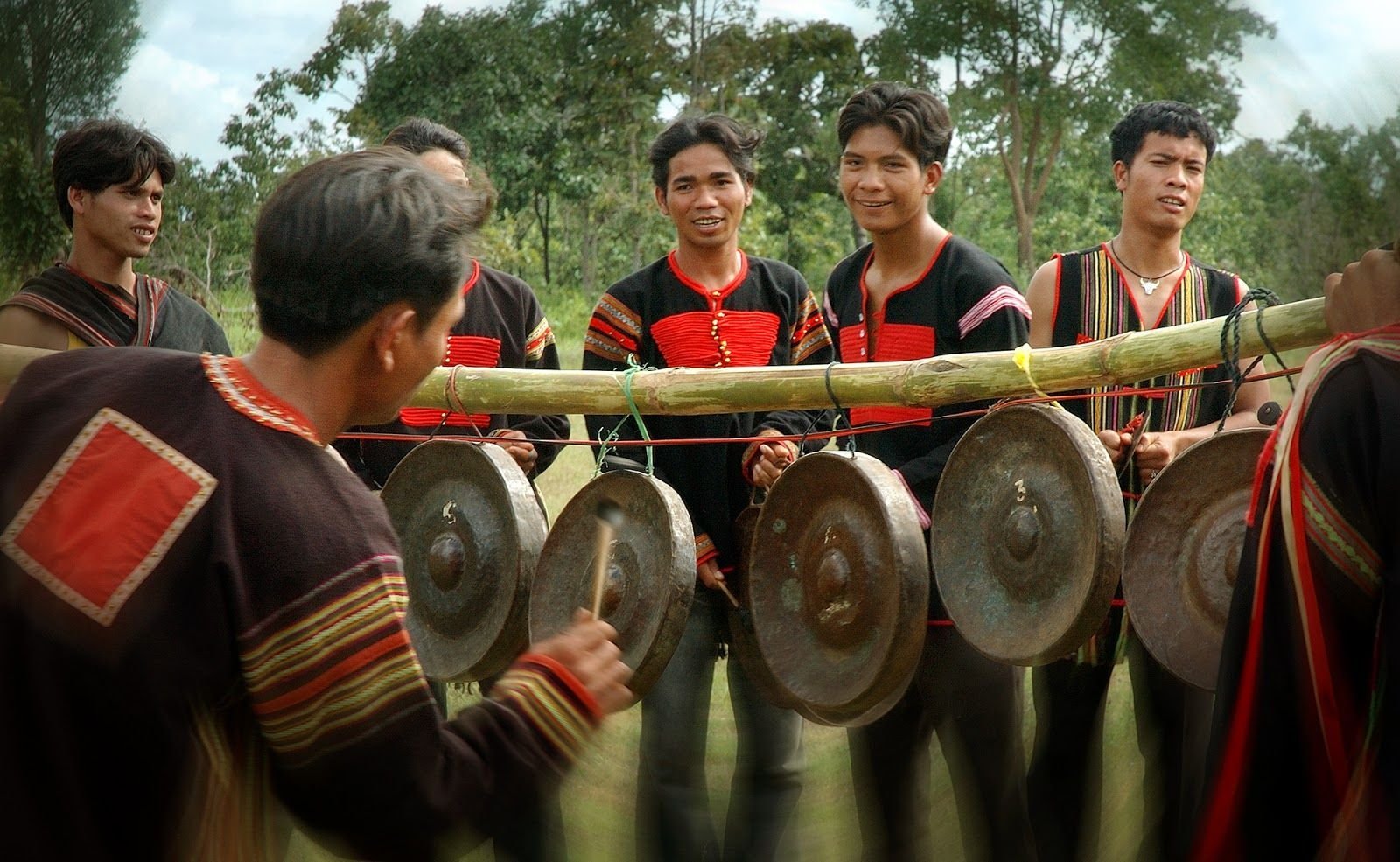





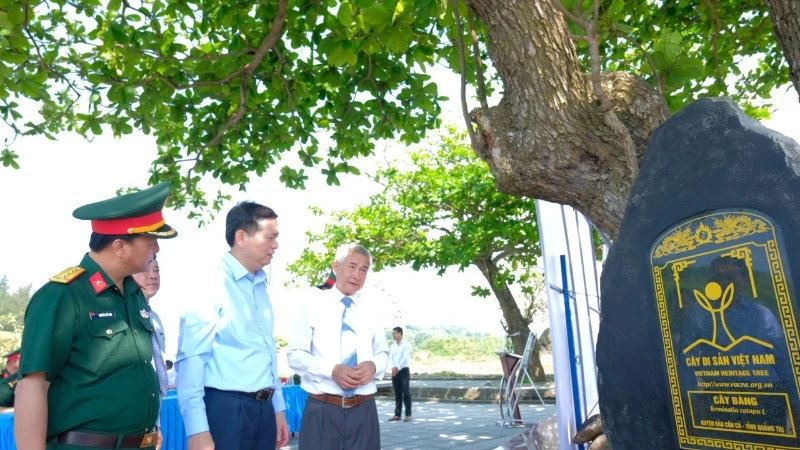















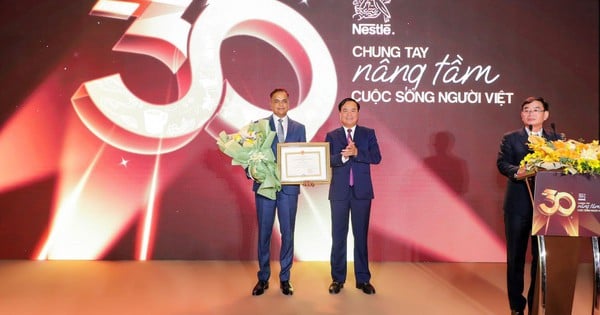

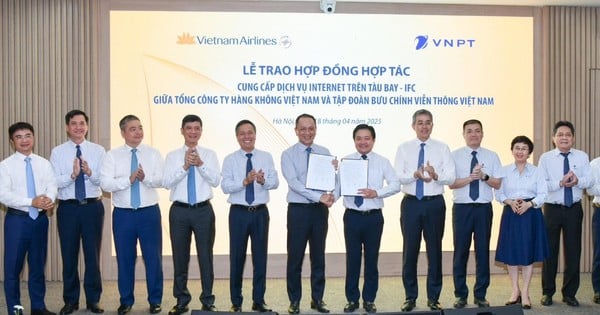
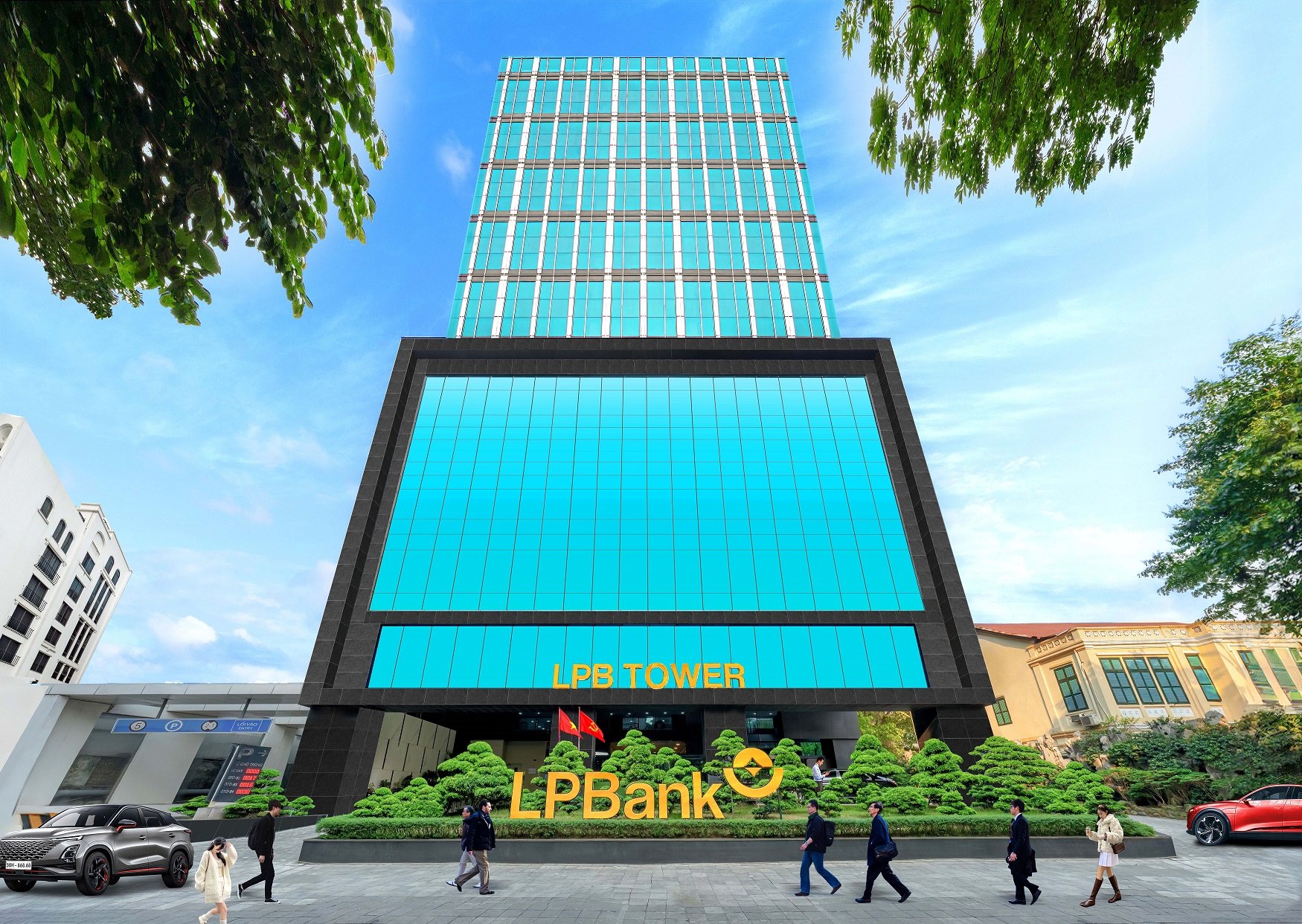



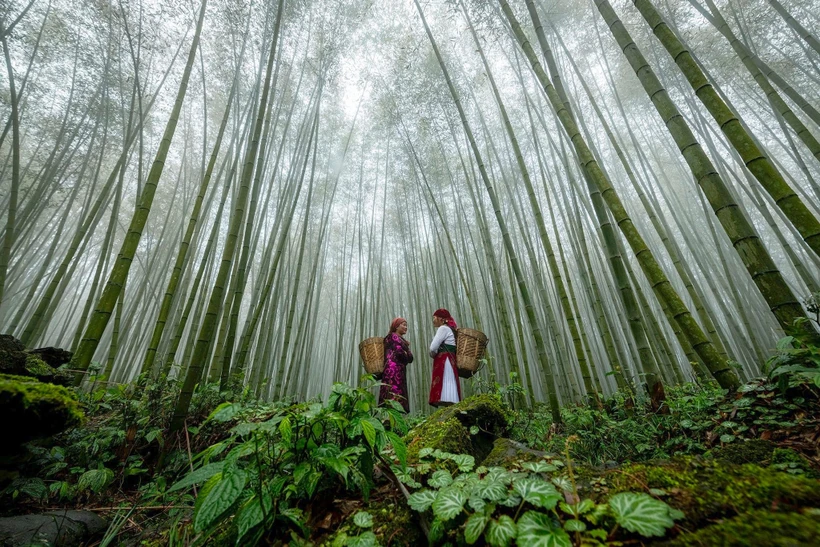

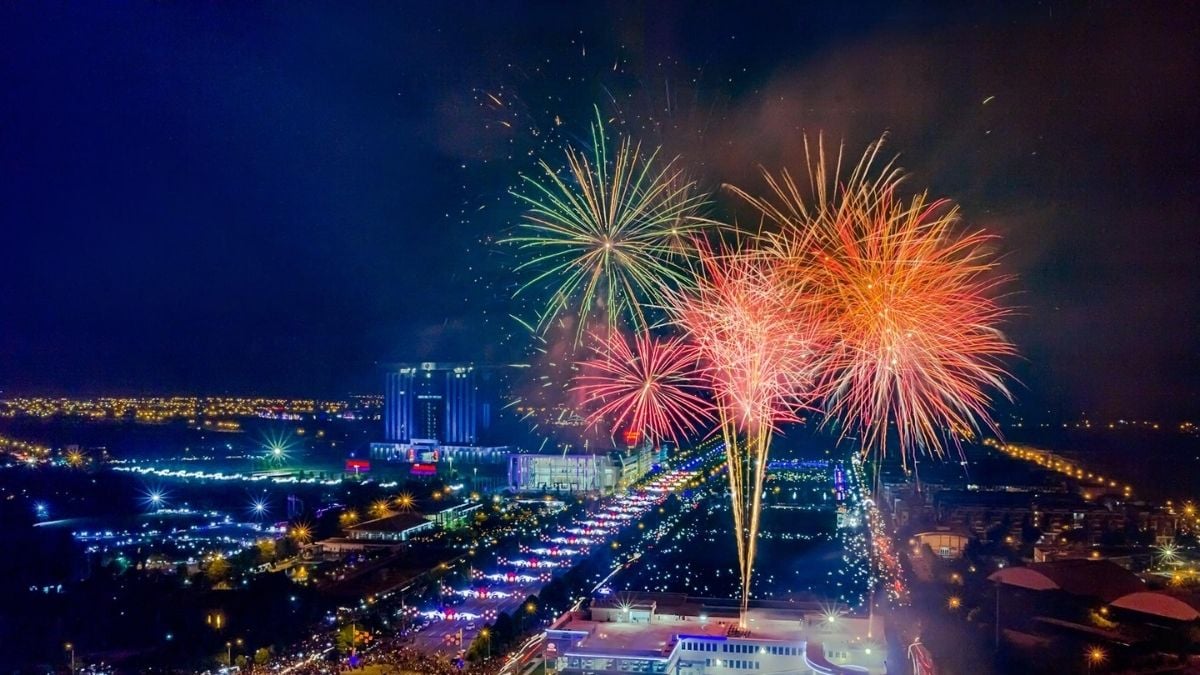
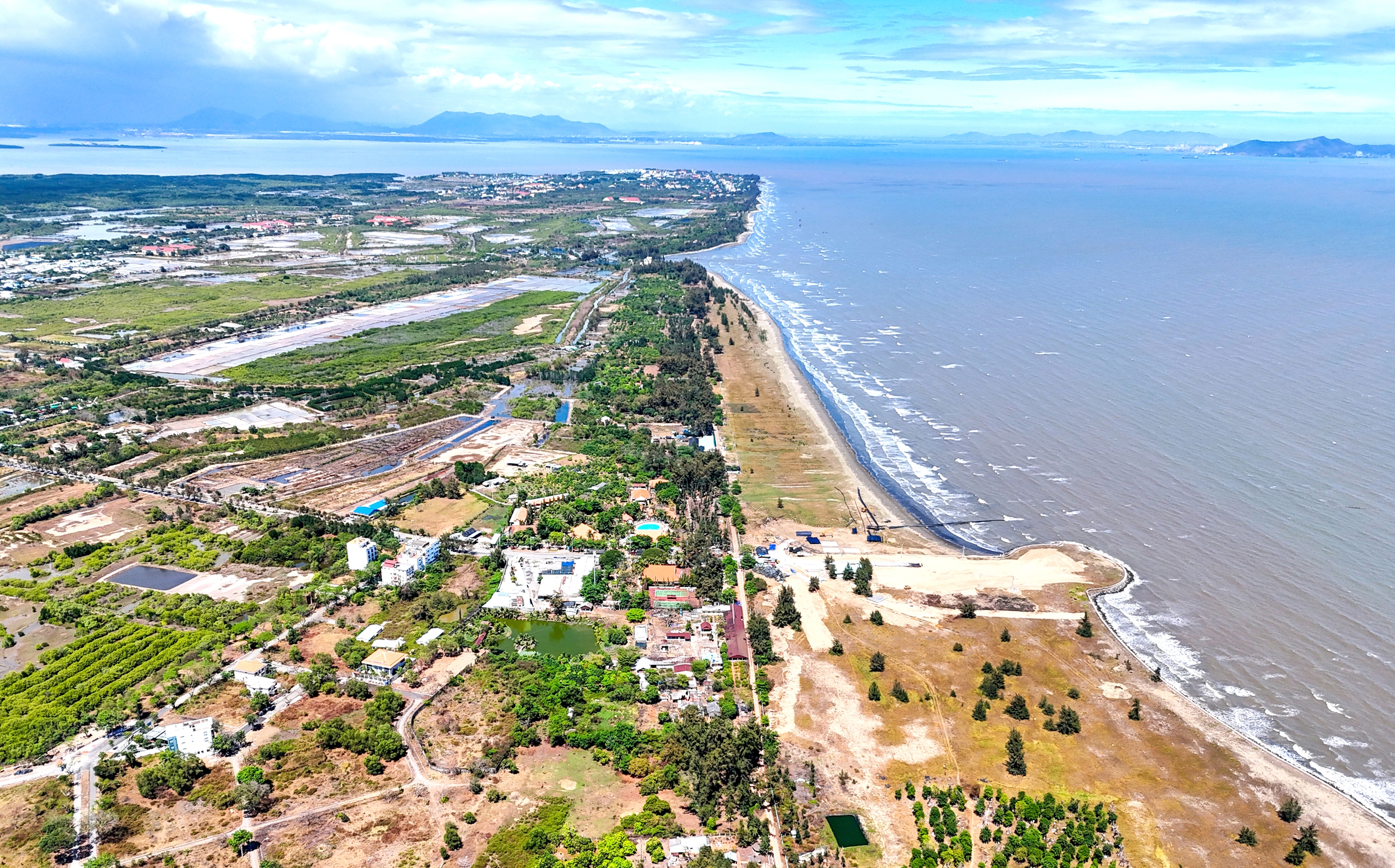

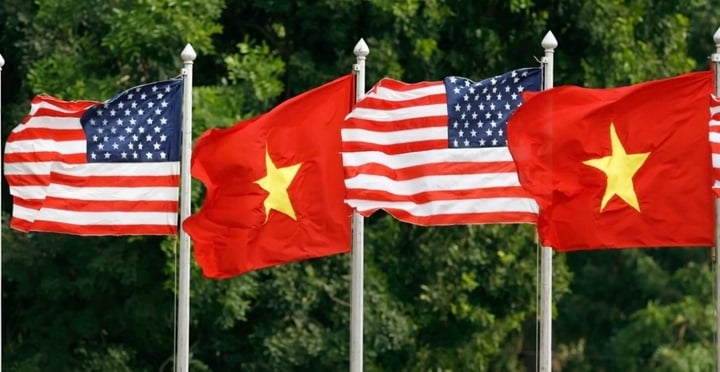

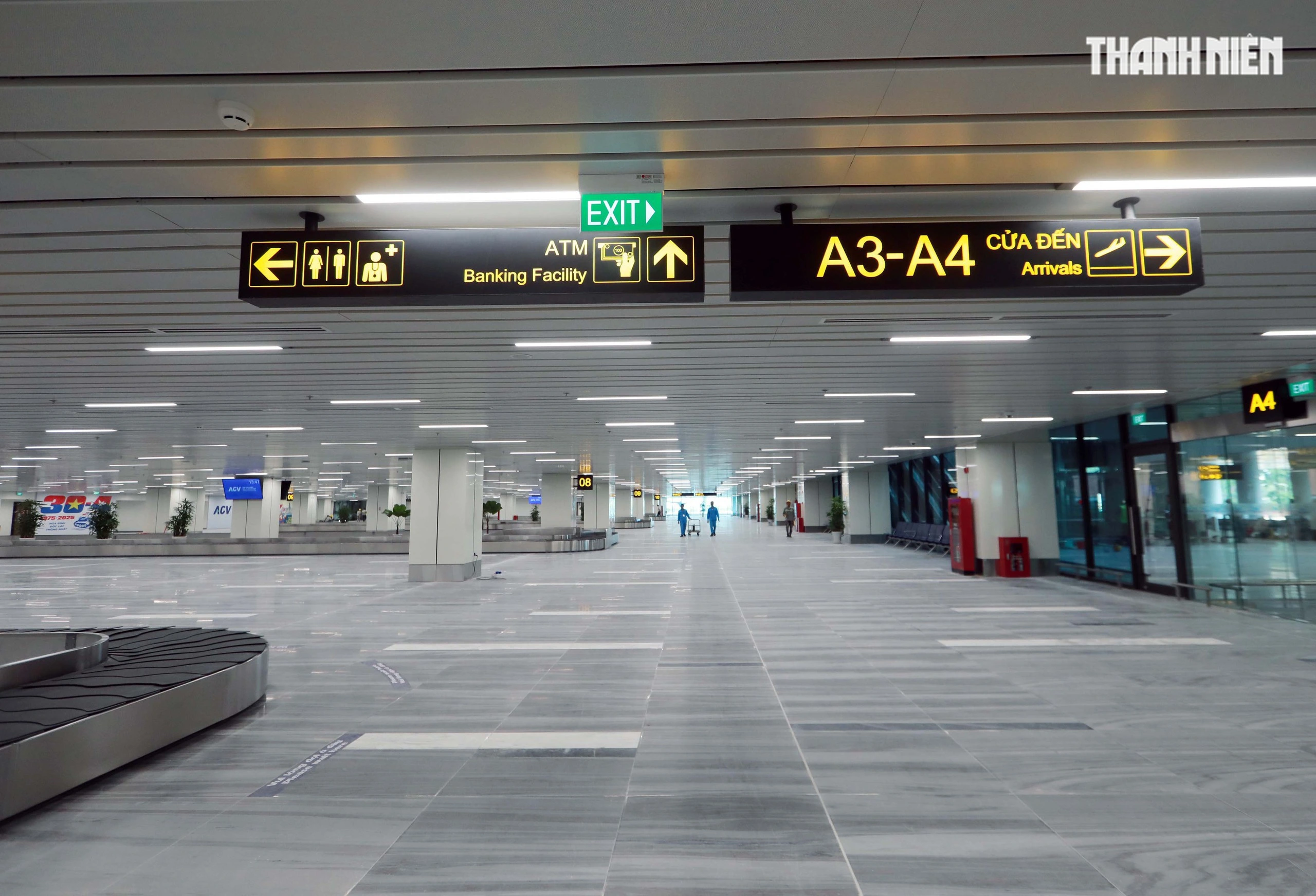

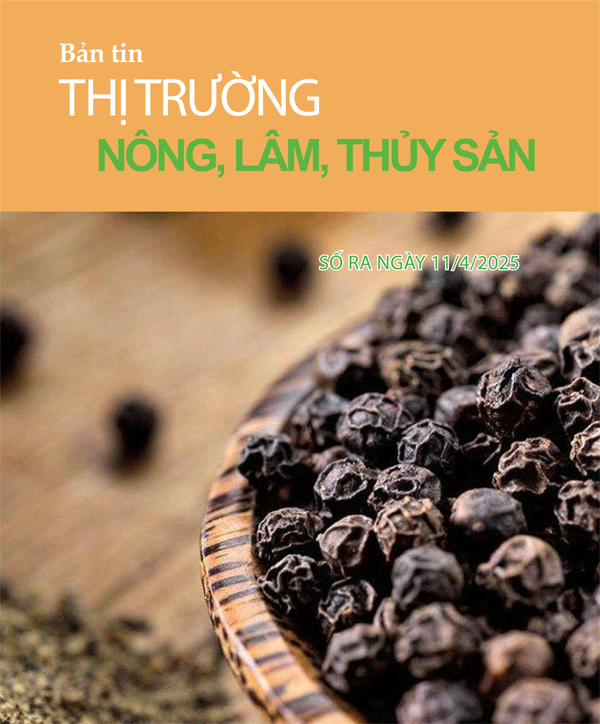

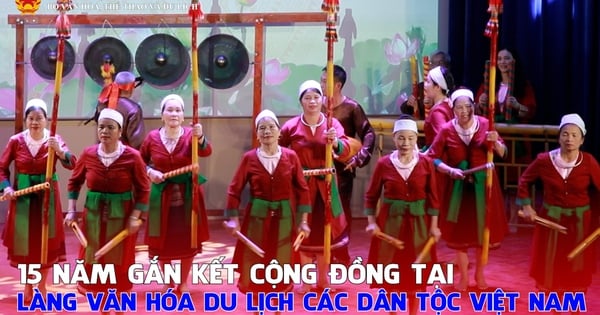

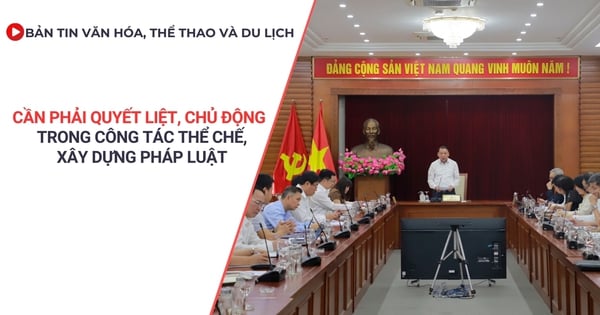
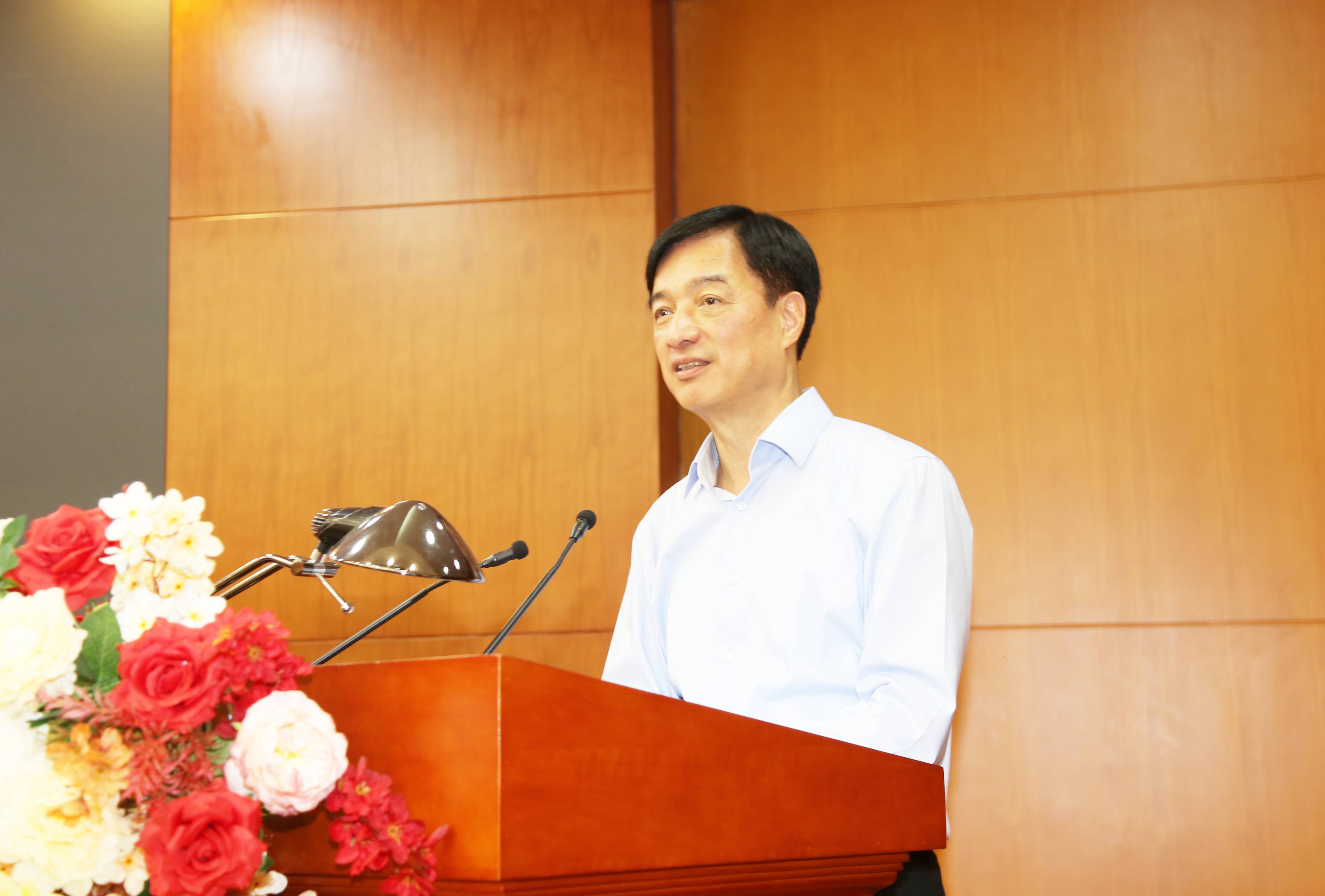





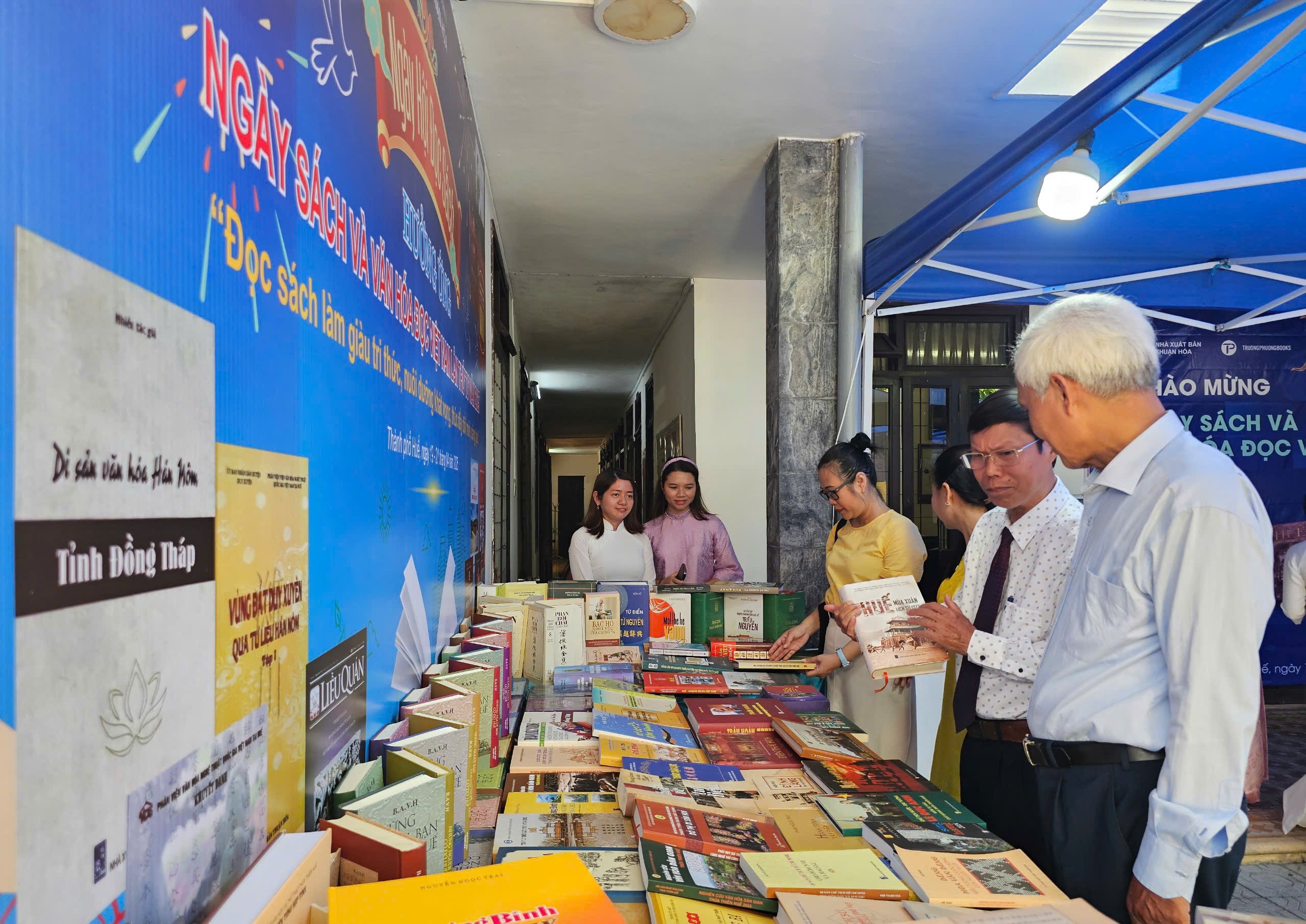

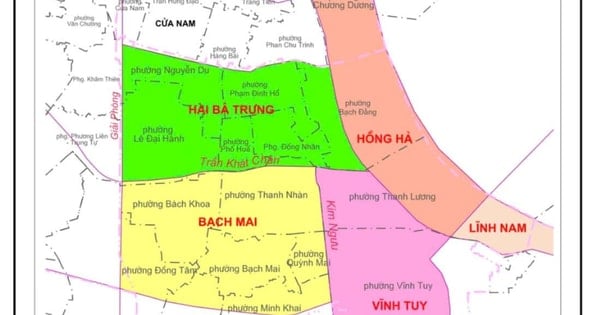
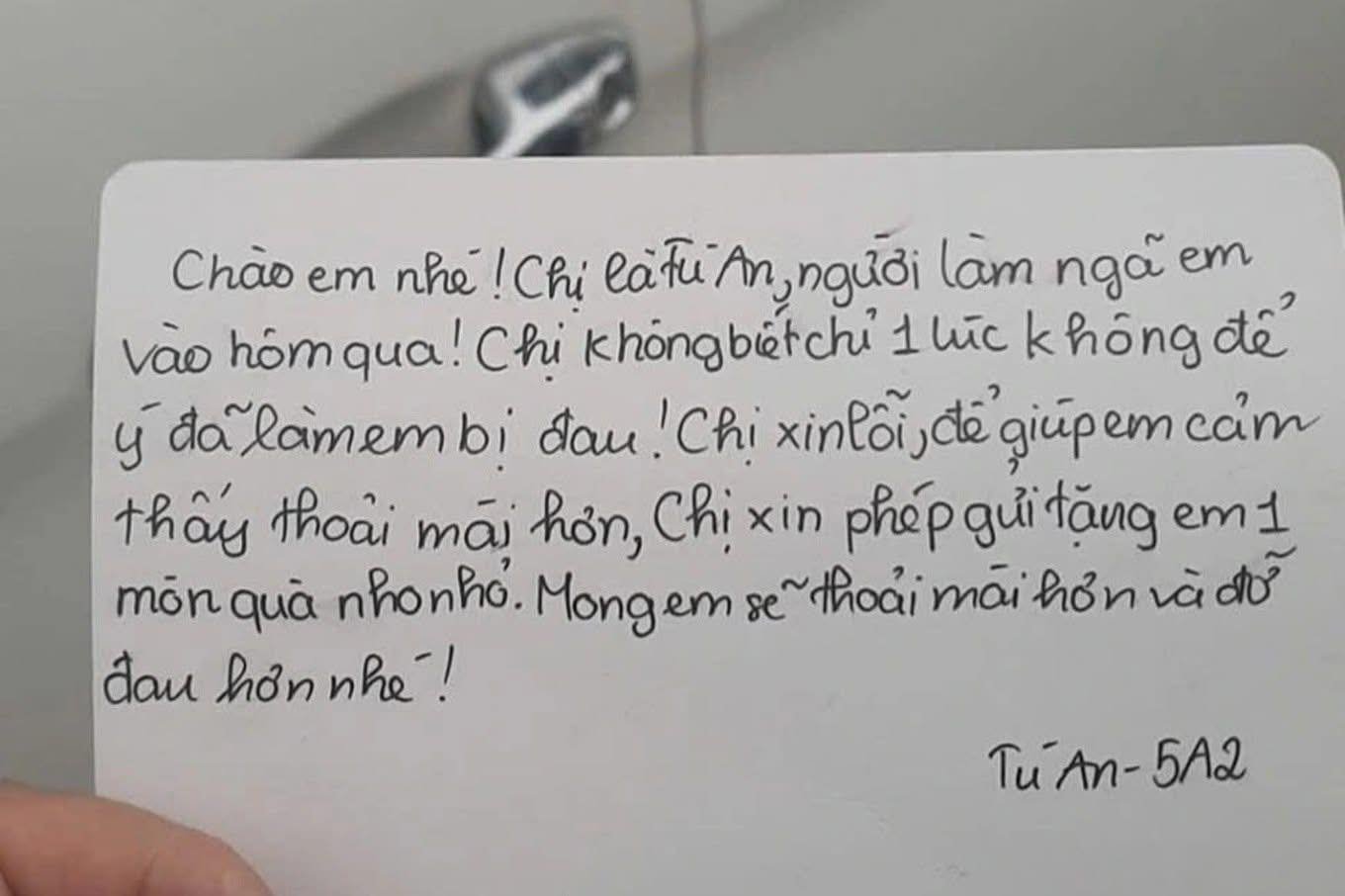











Comment (0)